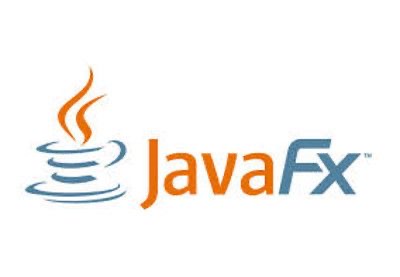How to Install JavaFx in Eclipse IDE, Intelli J, and Vs code: A step-by-Step Guide
 Sharon Lelo
Sharon Lelo
Introduction:
JavaFX is a powerful framework for building rich and interactive desktop applications using Java. In this tutorial, we will walk you through the process of installing JavaFX on three popular Integrated Development Environments (IDEs): Eclipse, IntelliJ IDEA, and Visual Studio Code (VS Code). Let's get started!
- Installing JavaFX on Eclipse IDE:
Step 1: Ensure that you have the latest version of Eclipse IDE installed on your system.
Step 2: Launch Eclipse and open your Java project.
Step 3: Visit the OpenJFX website (https://openjfx.io/) and download the JavaFX SDK for your operating system.
Step 4: Extract the downloaded JavaFX SDK to a preferred location on your computer.
Step 5: In Eclipse, right-click on your Java project and select "Properties" from the context menu.
Step 6: In the Properties dialog, navigate to "Java Build Path" -> "Libraries" tab.
Step 7: Click on "Add Library" and choose "User Library" from the list.
Step 8: Click on "User Libraries" -> "New" and give your library a name (e.g., "JavaFX").
Step 9: Select the newly created library and click on "Add External JARs".
Step 10: Navigate to the location where you extracted the JavaFX SDK and select all the JAR files in the "lib" folder.
Step 11: Click "Apply and Close" to save the changes.
- Installing JavaFX on IntelliJ IDEA:
Step 1: Make sure you have the latest version of IntelliJ IDEA installed on your machine.
Step 2: Launch IntelliJ IDEA and open your Java project.
Step 3: Go to "File" -> "Project Structure" (or press "Ctrl+Alt+Shift+S").
Step 4: In the Project Structure dialog, navigate to "Libraries" and click on the "+" button to add a new library.
Step 5: Select "Java" from the dropdown list and click "Next".
Step 6: Click on "New Library" and give it a name (e.g., "JavaFX").
Step 7: Click "Attach Files" and navigate to the location where you extracted the JavaFX SDK.
Step 8: Select the "lib" folder and click "OK".
Step 9: Click "Apply" and then "OK" to save the changes.
- Installing JavaFX on VS Code:
Step 1: Ensure that you have the latest version of VS Code installed on your system.
Step 2: Install the "Java Extension Pack" by Microsoft from the VS Code marketplace.
Step 3: Open your Java project folder in VS Code.
Step 4: Create a new file in the root directory of your project and name it "javafx.gradle" (or any preferred name).
Step 5: Open the "javafx.gradle" file and add the following code:
plugins {
id 'application'
}
repositories {
mavenCentral()
}
dependencies {
implementation 'org.openjfx:javafx-controls:17'
implementation 'org.openjfx:javafx-fxml:17'
}
application {
mainClassName = '<your.main.class>'
}
Step 6: Replace <your.main.class> with the fully-qualified name of your main class.
Step 7: Save the "javafx.gradle" file.
Step 8: Open the Command Palette (press "Ctrl+Shift+P" or "Cmd+Shift+P" on macOS) and search for "Java: Configure Java Runtime".
Step 9: Choose the installed JDK version that supports JavaFX.
Step 10: Open the Command Palette again and search for "Java: Import Gradle Project".
Step 11: Select the root directory of your Java project that contains the "javafx.gradle" file.
Step 12: VS Code will automatically build the project and configure the necessary dependencies for JavaFX.
Conclusion: Congratulations! You have successfully installed JavaFX on Eclipse IDE, IntelliJ IDEA, and VS Code. Now you can leverage the power of JavaFX to build stunning desktop applications using your preferred IDE.
Happy coding!
Subscribe to my newsletter
Read articles from Sharon Lelo directly inside your inbox. Subscribe to the newsletter, and don't miss out.
Written by
